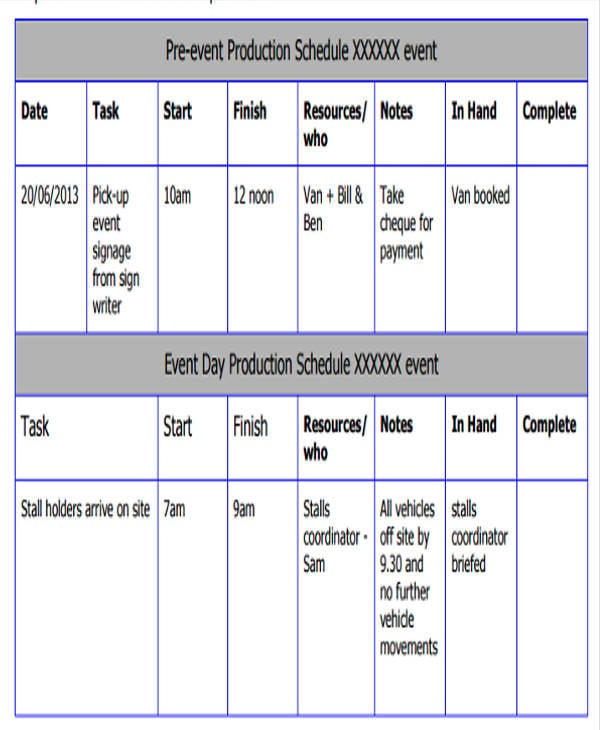Highlighting the Influence of Illumination Techniques on the Craft of Video Projection Mapping
Highlighting the Influence of Illumination Techniques on the Craft of Video Projection Mapping
Blog Article
Motion mapping projection is an innovative art medium that merges tech and creativity to convert ordinary surfaces into remarkable visual exhibits. This method entails casting images and videos onto three-dimensional elements, such as structures, artworks, or platforms. One of the most crucial factors in producing successful mapping is the use of efficient lighting methods. Proper lighting improves the visual elements of the display and ensures that the visuals are clear and captivating. This piece explores the influence of lighting methods on motion projection and how they can elevate the complete encounter.
Lighting plays a vital part in video mapping because it establishes the atmosphere and tone of the exhibit. Different lighting techniques can elicit various feelings and responses from the audience. For example, using gentle, cozy illumination can create a welcoming atmosphere, while bright, cold illumination may produce a more dynamic or intense impact. By carefully selecting illumination colors and brightness, creators can influence how audience interpret the projected visuals, leading to a more engaging experience. The balance between mapping brightness and ambient light is essential, as it can significantly affect the visibility and impact of the visuals.
In addition, hue and intensity, the angle of illumination also affects the effectiveness of projection. Lighting from different directions can create shadows and highlights that introduce dimension to the projected images. This technique, known as chiaroscuro, can enhance the three-dimensionality of the websites objects being projected. Additionally, using dynamic illumination can add energy to the exhibit, making the experience more engaging for the audience. When the light interacts with the projected visuals, it can create an illusion of movement and transformation, capturing the viewers' attention.
Another essential aspect of lighting in projection is the use of special effects. Methods such as patterned illumination, which employs shapes and forms to filter light, can introduce depth and complexity to the projections. This method allows artists to layer visuals and produce aesthetically captivating results that enhance the projection. Additionally, incorporating lasers or light-emitting diode illumination can additionally enhance the display, offering a distinct mix of visual elements that draw the audience in. These special large scale projection mapping effects, when used carefully, can transform the mapping into a basic display to an immersive work of art.
In conclusion, the impact of lighting techniques on motion mapping is significant. By comprehending how various lighting elements interact with mapped visuals, creators can produce enthralling encounters that resonate with viewers. The careful choosing of color, intensity, angle, and unique features allows for a rich tapestry of sight storytelling. As technology advances to evolve, the possibilities for creative expression in mapping will only expand, making illumination an increasingly vital aspect in this progressive art form.